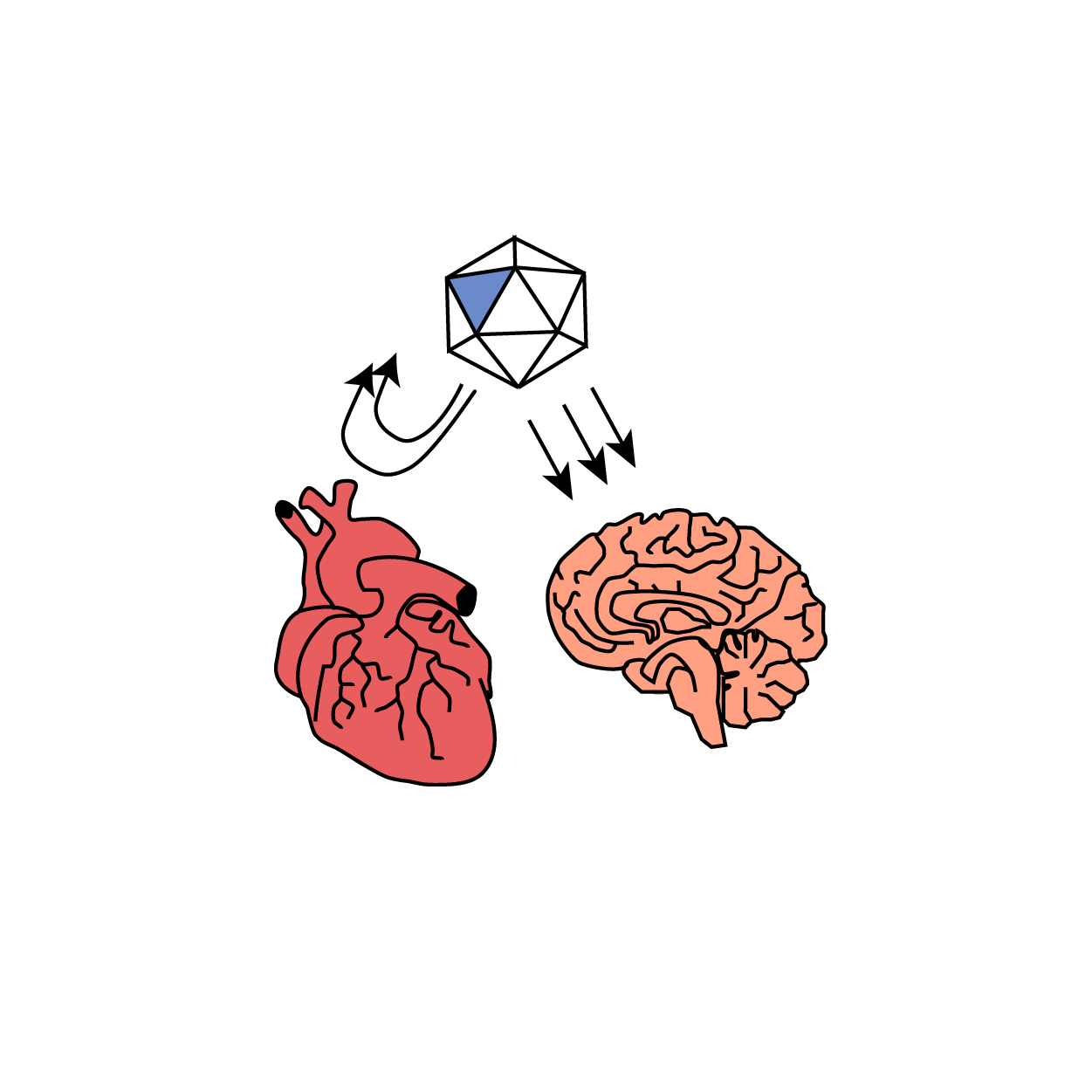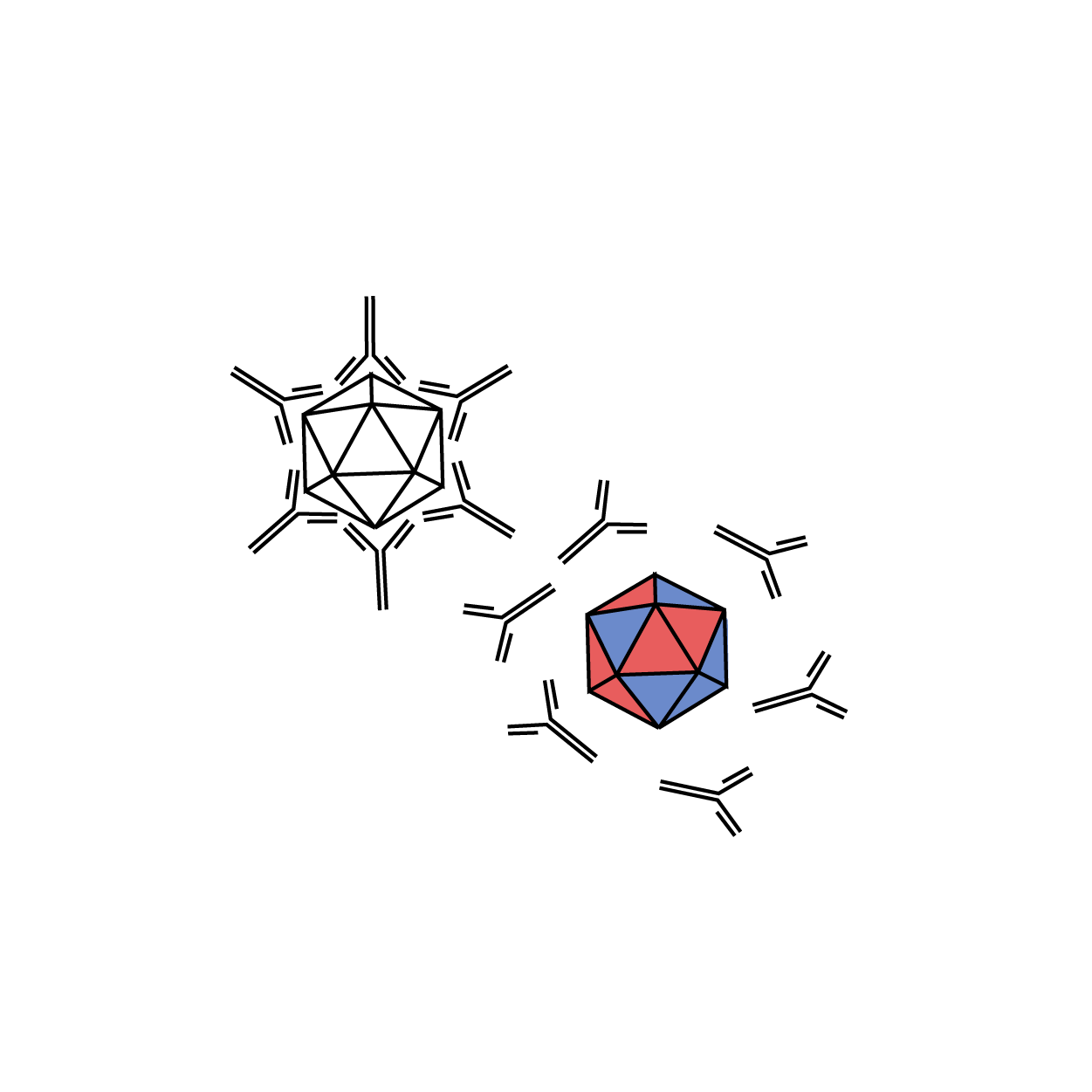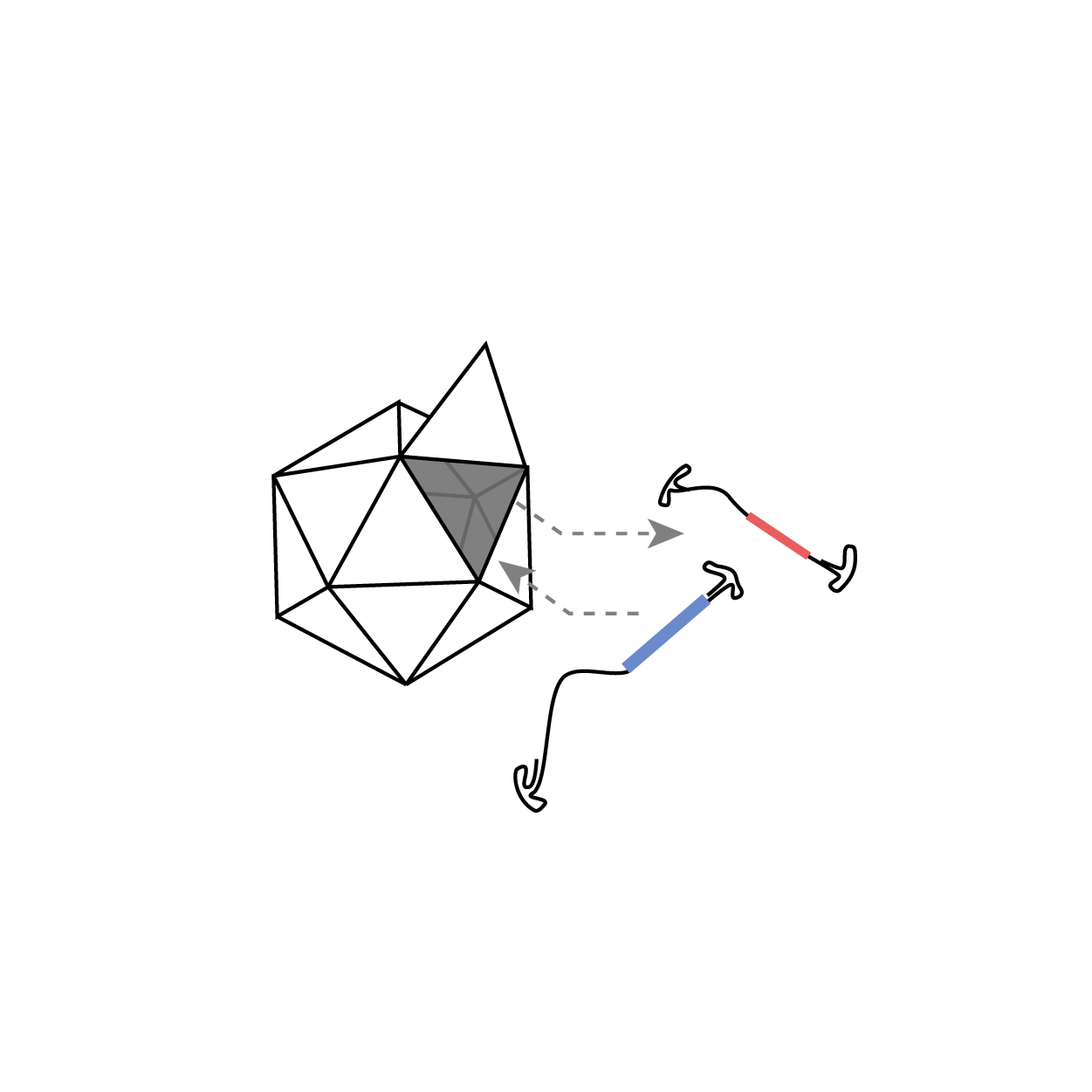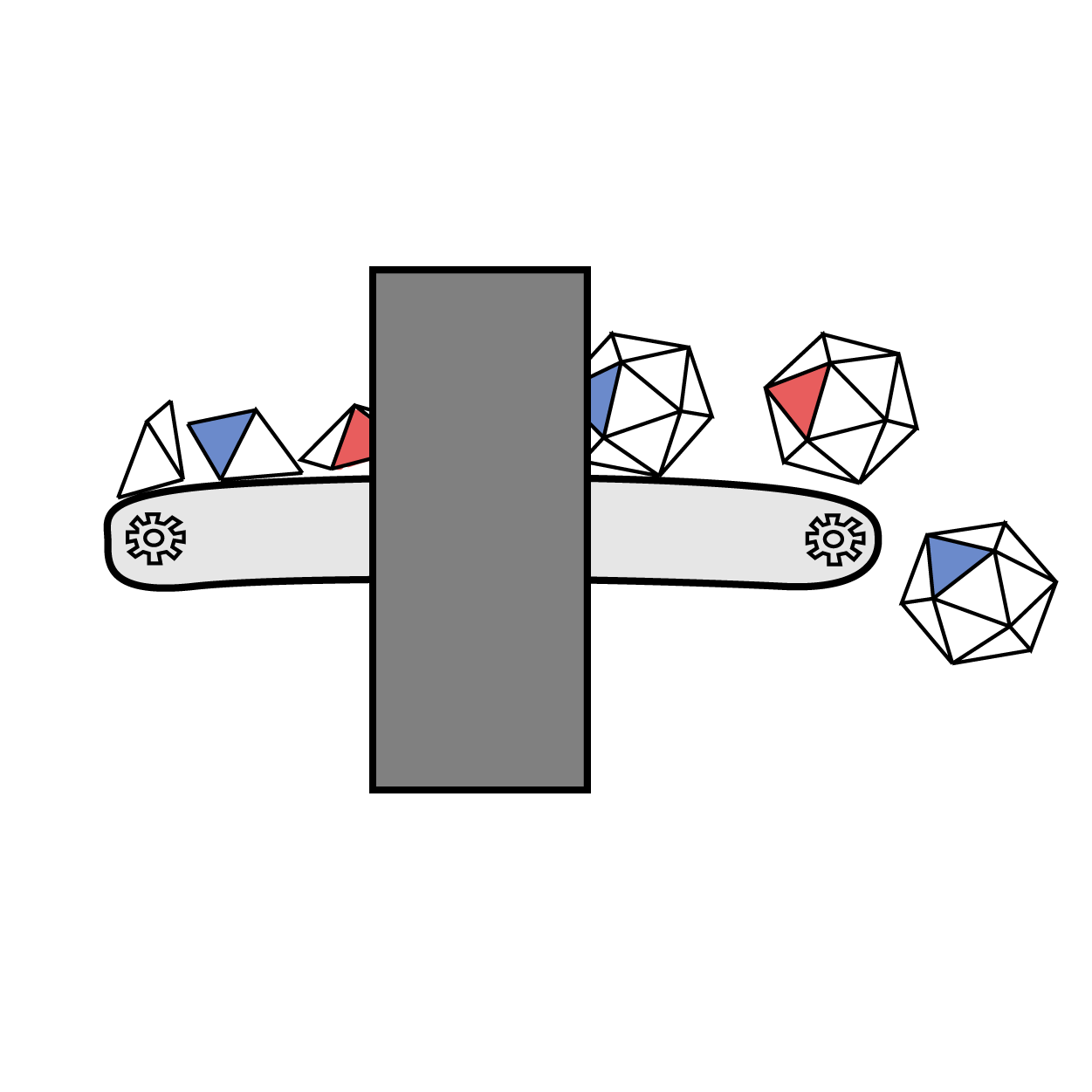Our CapsidMap™ platform uses AI to systematically and rapidly optimize AAV capsids, overcoming the limitations of naturally occurring virus capsids by improving targeting ability, payload size, immune evasion and manufacturability. By building a massive and detailed map of synthetic AAV capsid sequence space, we can quickly navigate the landscape to discover enhanced gene therapy vectors with transformative potential. Learn more about the science behind Dyno below and from recent publications and presentations.
Synthesis of DNA libraries encoding modified capsids
We design millions of capsid sequences, which are then synthesized on DNA printers and assembled into capsid libraries, ready for testing.


High-throughput measurement of capsid properties
Using next-generation sequencing, we track DNA barcodes identifying individual capsid variants within our libraries. In pooled experiments with millions of capsids, we simultaneously measure numerous properties important for therapeutic success.
Machine learning models of capsid fitness landscape
We train machine learning models to predict the function of new sequences, building out a map of the AAV capsid fitness landscape. With every new experiment our map becomes bigger and more detailed.


Climbing the fitness landscape toward optimized AAV capsids
Balancing between exploration and optimization, we efficiently search the fitness landscape for improved capsids. Our optimized capsids make current gene therapies more effective and enable the treatment of new diseases by targeting capsids to new organs and cell types.
Iterative cycles for ever-improving gene therapy
Repeating these steps allows us to build on the lessons and successes of previous experiments, train better models, and further climb the fitness landscape for vectors with desired properties, including in vivo delivery efficiency and specificity, immune evasion, packaging size and manufacturability.

Our focus areas

Tissue targeting

Immune evasion

Packaging size
